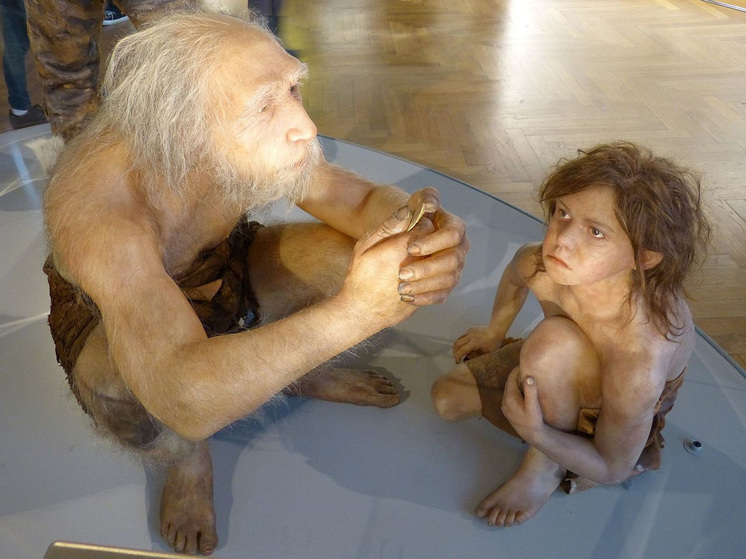Scientists have examined hundreds of teeth from prehistoric relatives of humans
Scientists have found an explanation for why modern humans outlived the Neanderthals. Human children have long received support from their parents, while Neanderthal children were left to fend for themselves, a study claims. The study of teeth shows that people have been caring for their offspring for a long time. And this may also be one of the reasons why Neanderthals eventually went extinct.

Once upon a time we (that is, representatives of modern humanity) lived among the Neanderthals, but about 40,000 years ago they disappeared, writes the Daily Mail. The reasons for their extinction vary, but experts suggest interbreeding, climate change and violent encounters with humans may be to blame.
New dental research suggests humans spent long periods caring for their offspring while Young Neanderthals may have gained independence earlier.
And this may also be one of the reasons experts say why Neanderthals eventually went extinct, notes the Daily Mail.
Experts say Neanderthal children, who lived 400,000 to 40,000 years ago, and modern human children, who lived during the Upper Paleolithic era — 50,000 to 12,000 years ago — may have faced similar levels of stress in childhood, but were at different stages of development.
A team of scientists from the University of Tübingen in Germany suggests that these results may reflect differences in childcare and other behavioral strategies between the two species.
The researchers analyzed the tooth enamel of 423 Neanderthal and 444 Upper Paleolithic human teeth.
Horizontal grooves in thinner tooth enamel indicate early life stress, which previous research has shown may be related to childhood stressors. such as disease, infection, malnutrition, nutritional deficiencies and injury.
The authors found that the overall likelihood of occurrence of enamel defects was the same in both Neanderthals and modern Upper Paleolithic humans, but the developmental stages at which these defects could arise differed in both species.
In humans During the Upper Paleolithic era, enamel defects more often occurred around the ages at which weaning is estimated to have occurred—between one and three years of age.
In Neanderthals, however, enamel defects more often appeared after the weaning period, allowing suggest that during this time they were more likely to suffer from malnutrition.
The authors suggest that the stress experienced by Paleolithic children during weaning may have been caused by increasing energy demands.
Scientists suggest that Upper Paleolithic humans may have helped reduce developmental stress in children after weaning weaning through strategies such as promoting long-term dependence on parents, using resources more efficiently, and ensuring children have access to food.
They said these strategies may not have been used by Neanderthals, which could have contributed to the long-term survival of modern humans compared to Neanderthals.
In a paper published in the journal Scientific Reports, they said humans may have Children who had just been weaned were better able to cope with stress.
Meanwhile, among Neanderthals, the period shortly after the completion of the weaning process coincides with the “most stressful phase of childhood.”
Study author Laura Limmer said: «We hypothesize that modern Upper Paleolithic humans and Neanderthals had different strategies for caring for children after weaning, and that among modern Upper Paleolithic humans this resulted in better stress reduction in later childhood. These strategies may have been not only the result of parental support, but also related to other social factors. Perhaps we would say that Neanderthal children may have gained independence earlier or were treated as adults at an earlier age compared to modern human children.” .























































Свежие комментарии